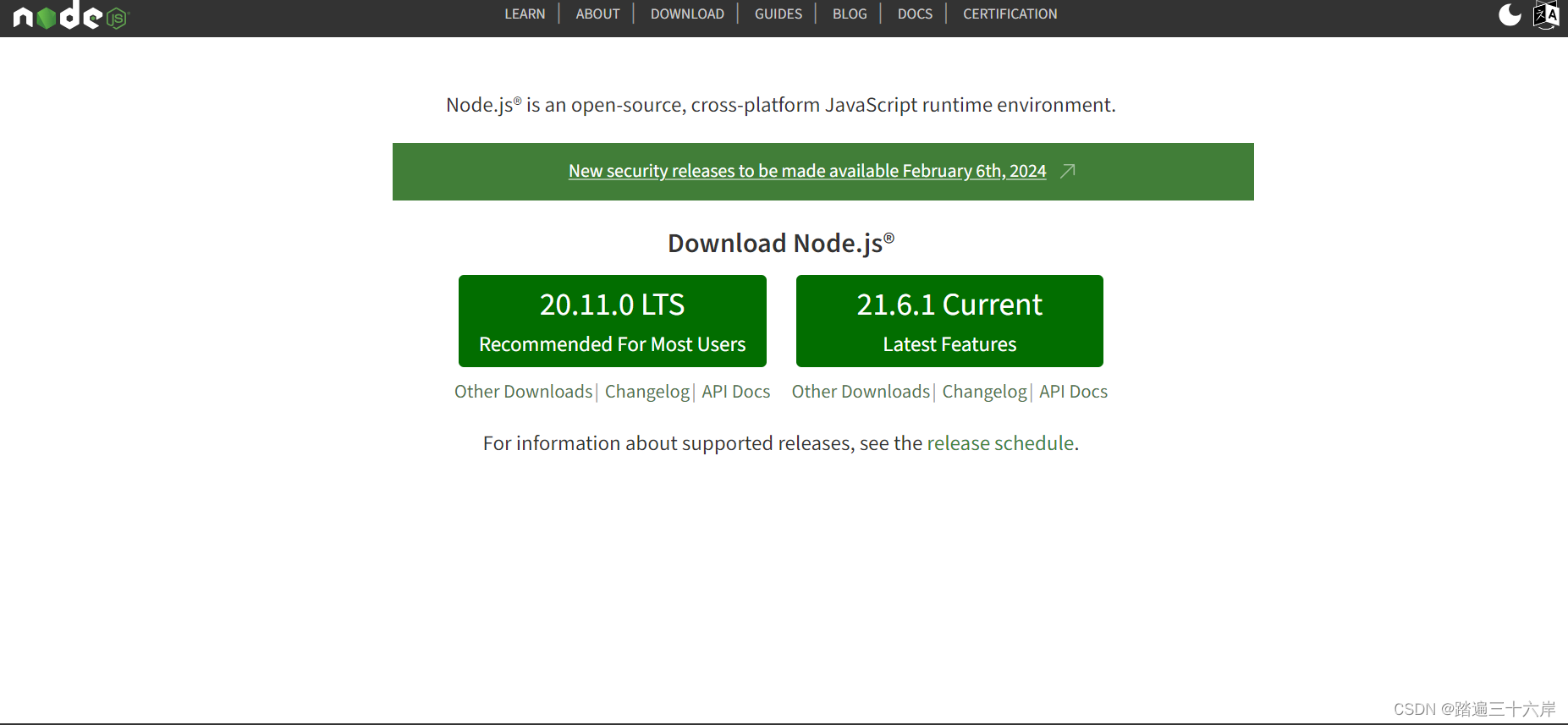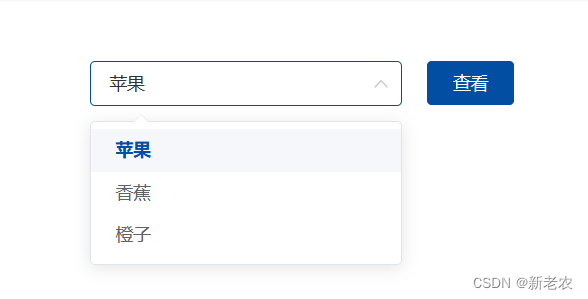本文介绍: 日期和时间处理是Web应用中常见的需求,Vue作为一款流行的前端框架,提供了很多方便的工具和库,以满足不同业务场景下的需求。本文将介绍如何在Vue中处理日期和时间,包括使用原生JavaScript、Moment.js和Day.js。
Vue中如何处理日期与时间
日期和时间处理是Web应用中常见的需求,Vue作为一款流行的前端框架,提供了很多方便的工具和库,以满足不同业务场景下的需求。本文将介绍如何在Vue中处理日期和时间,包括使用原生JavaScript、Moment.js和Day.js。

使用原生JavaScript
JavaScript提供了一些原生的日期和时间处理函数,我们可以在Vue应用中直接使用它们。下面介绍一些常用的函数。
Date对象
Date对象是JavaScript原生的日期和时间处理对象,它提供了很多常用的方法和属性,可以方便地对日期和时间进行操作。下面是一些常用的方法和属性。
获取当前日期和时间
可以使用new Date()方法来获取当前日期和时间。例如:
获取指定日期和时间
可以使用new Date(year, month, day, hour, minute, second, millisecond)方法来获取指定日期和时间。其中,year表示年份(必填),month表示月份(0-11,必填),day表示日期(1-31,必填),hour表示小时(0-23,可选,默认为0),minute表示分钟(0-59,可选,默认为0),second表示秒数(0-59,可选,默认为0),millisecond表示毫秒数(0-999,可选,默认为0)。例如:
获取日期和时间的各个部分
格式化日期和时间
时间戳
正则表达式
yyyy
MM
dd
HH
mm
ss
使用Moment.js
安装Moment.js
使用Moment.js
使用Day.js
安装Day.js
使用Day.js
声明:本站所有文章,如无特殊说明或标注,均为本站原创发布。任何个人或组织,在未征得本站同意时,禁止复制、盗用、采集、发布本站内容到任何网站、书籍等各类媒体平台。如若本站内容侵犯了原著者的合法权益,可联系我们进行处理。








